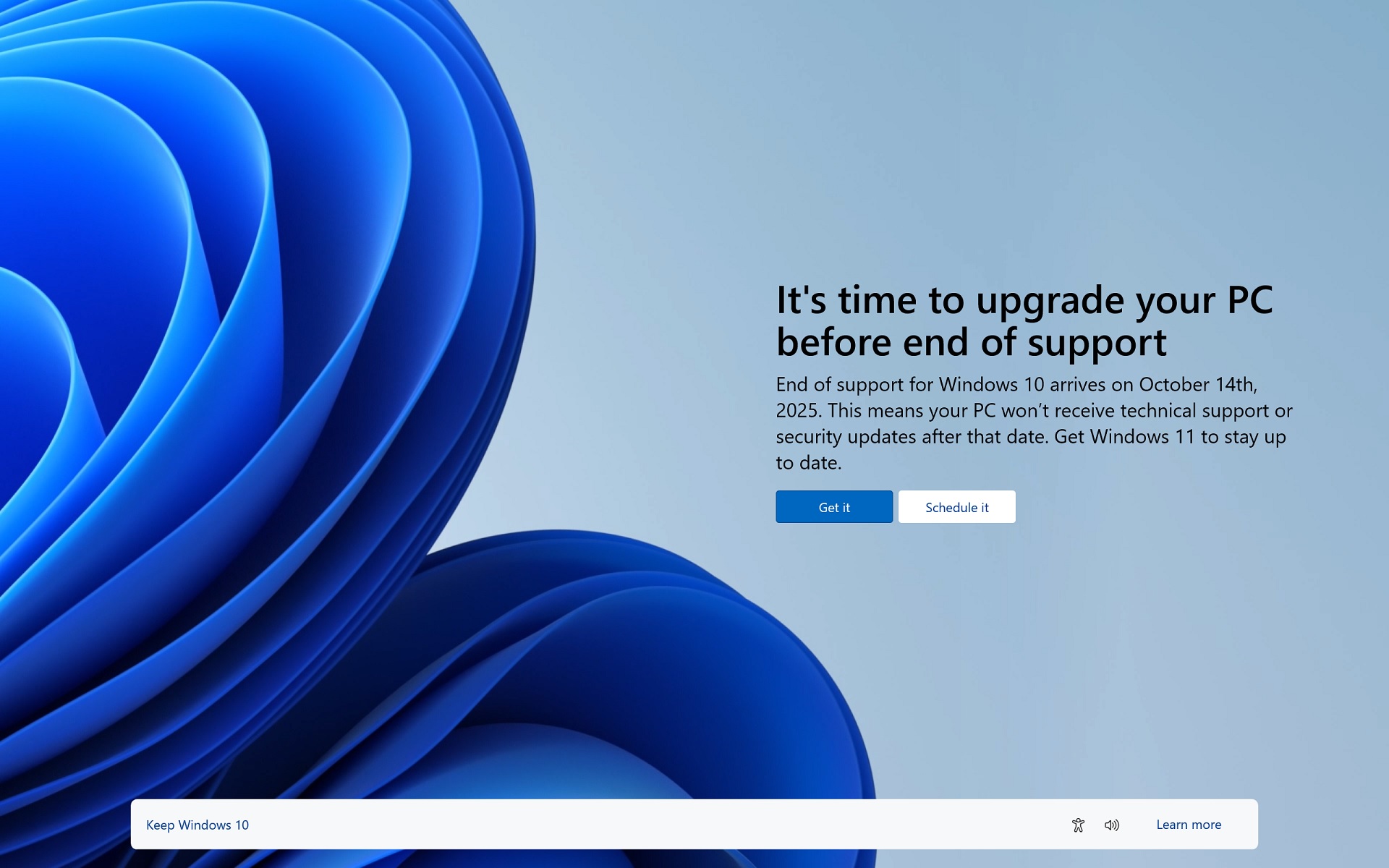By 14 October 2025, all support for Windows 10 Consumer devices will be discontinued, including security updates.
If you want to stay connected and protected online, you will need to either learn how to install Windows 10 LTSC IoT and its necessary components, or start paying for a subscription to receive future updates.
For those not in school, being aware of the current pricing for non-students, if you're planning to spend money, you might as well purchase a slightly more recent computer. No matter how many Microsoft users choose to stick with Windows, at least some of the 240 million users are expected to switch to Linux on this date.
Due to Valve's collaboration with Proton, along with progress made by KDE, GNOME, and other GNU/Linux developers, users will now realize that our OS ecosystem is a practical option for many, particularly those who are unable or unwilling to invest in upgrading to Windows 11. Over the next year, we can expect to see a growing number of new users asking simple questions. It's crucial to remember this as we strive to be patient and helpful in guiding them to the right resources.
In my opinion, Linux has the potential to increase significantly from its current 4.5% market share to 10-20% within the next two years, with reaching 15% by the end of 2025 being a realistic possibility. We have previously witnessed significant changes happening quickly, such as the substantial increase in PC gaming during the pandemic.
India has achieved an almost 15% rate of Linux usage on desktops and laptops. In my opinion, I will recommend Linux Mint to all Windows users, although that could vary as I am a fedora user.
